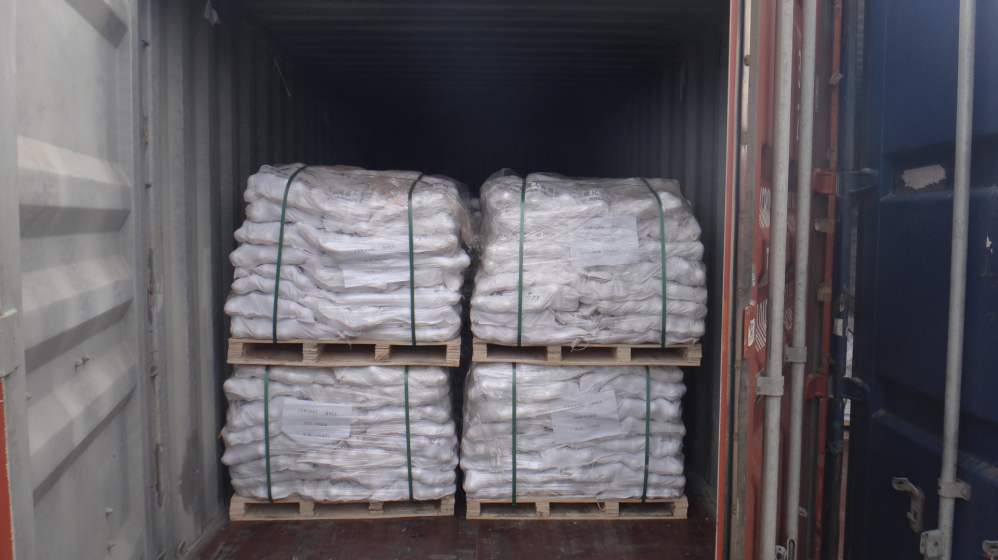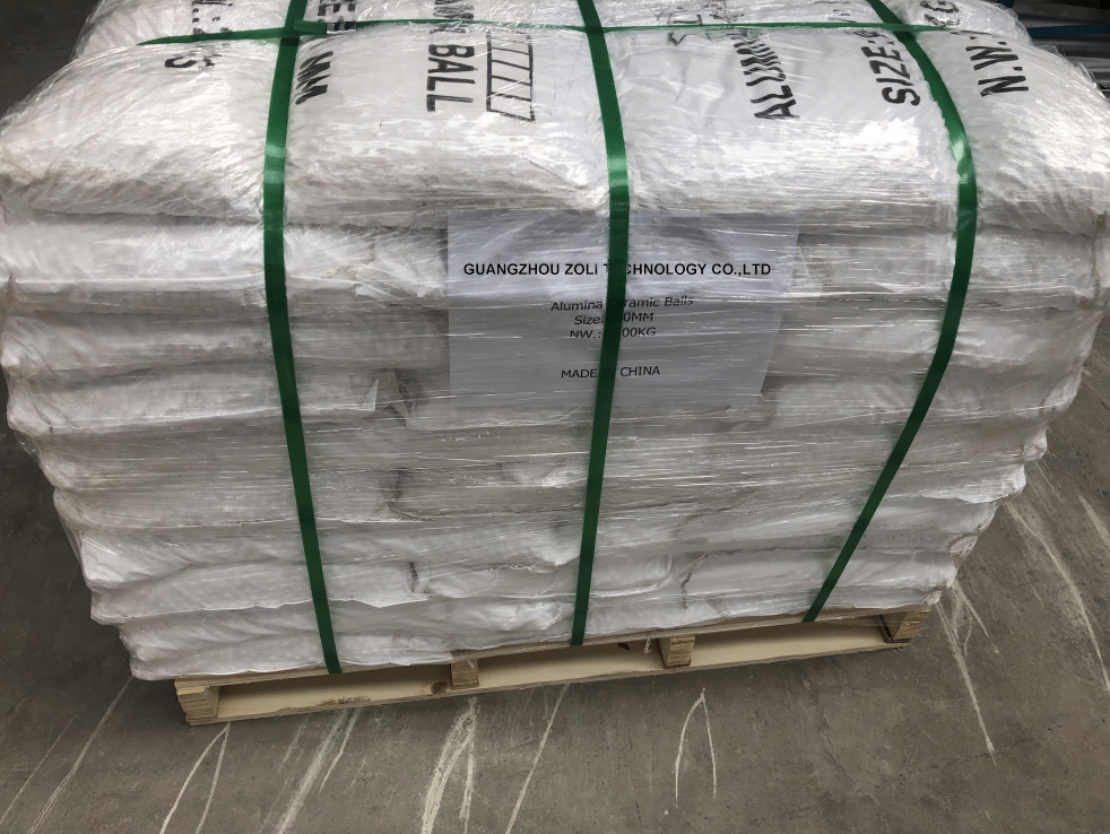In the realm of laboratory milling, the choice of grinding media
can significantly impact the efficiency and durability of the
process. Among the myriad options available, precision Al2O3
(alumina) grinding media stand out for their superior performance
and longevity.
Alumina (Al2O3) grinding media are ceramic balls used in ball mills
as abrasive media for processing ceramic raw materials, glaze
materials, and more. Renowned for their high density, hardness, and
wear resistance, these ceramic balls are a staple in various
industries, including ceramics, cement, enamel factories, and
glasswork plants. The primary advantage of Al2O3 grinding media
lies in their ability to minimize contamination during abrasive
processes, as they are rarely broken.
- Al2O3 Content: Greater than 92%, ensuring high performance.
- Water Absorption: Less than 0.02%, highlighting their low porosity.
- Mohs Hardness: Grade 9, indicative of their exceptional hardness.
- Attrition Loss: Less than 0.015%, showcasing their durability.
These specifications make Al2O3 grinding media an ideal choice for
lab mills, where precision and reliability are paramount.
The high density and hardness of Al2O3 grinding media translate to
more efficient grinding processes. The increased weight per volume
allows for greater impact force during milling, which in turn
reduces grinding time. According to
Duratec, the dense ball stone increases the probability of collision
between the ball and the material, significantly improving grinding
efficiency.
Al2O3 grinding media boast remarkable wear resistance, which
prolongs their lifespan and reduces the frequency of replacements.
This durability is crucial in lab settings, where consistent
performance is essential. The low attrition loss of less than
0.015% ensures that the grinding media maintain their integrity
over extended periods.
One of the standout features of Al2O3 grinding media is their
ability to minimize contamination. Unlike other grinding media that
may introduce impurities into the milled materials, alumina balls
maintain the purity of the process. This is particularly important
in industries such as electronics and ceramics, where material
integrity is critical.
Al2O3 grinding media are versatile and can be used in both wet and
dry milling processes. Their resistance to acids, alkalis, and
corrosion makes them suitable for a wide range of applications,
from white cement to electronic materials.
Precision Al2O3 grinding media are employed across numerous
industries due to their exceptional properties. Some key
applications include:
- Ceramics: Used in the grinding and processing of ceramic raw materials and
glaze materials.
- Cement: Essential in the production of white cement, where purity and
consistency are crucial.
- Electronics: Utilized in the processing of electronic materials, where
contamination-free grinding is vital.
- Coatings and Paints: Employed in the milling of raw materials for coatings and paints,
ensuring uniformity and quality.
When selecting Al2O3 grinding media for lab mills, it's important
to consider factors such as size, purity, and specific application
requirements. Different sizes, ranging from less than 1 mm to 90
mm, are available to cater to various milling needs. Additionally,
the purity of the alumina balls, which can range from 60% to over
99%, should align with the specific demands of the process.
●Sizes Φ:
| Size(mm) | Size(mm) | Size(mm) | Size(mm) |
| 0.5-1.0 | 6.0 | 20.0 | 70.0 |
| 1.0 | 8.0 | 25.0 | 80.0 |
| 2.0 | 10.0 | 30.0 | 90.0 |
| 3.0 | 13.0 | 40.0 | 100.0 |
| 4.0 | 15.0 | 50.0 | |
| 5.0 | 18.0 | 60.0 | |
●Package:
25KG/woven bag,1000KG-1250KG for one pallet with shrink wrapped





